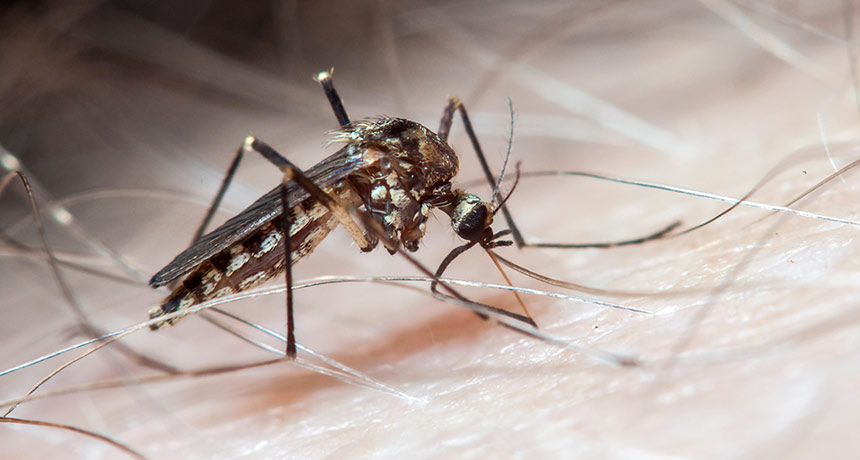Bacterial compounds may be as good as DEET at repelling mosquitoes
The bacterium that produces these molecules lives in symbiosis with soil nematodes

SKEETER STYMIED The Aedes aegypti mosquito can transmit viral diseases like Zika and dengue. Molecules produced by an insect-killing bacteria appear to keep these mosquitoes at bay as effectively as DEET.
Guilherme Omella Mainieri/Alamy Stock Photo